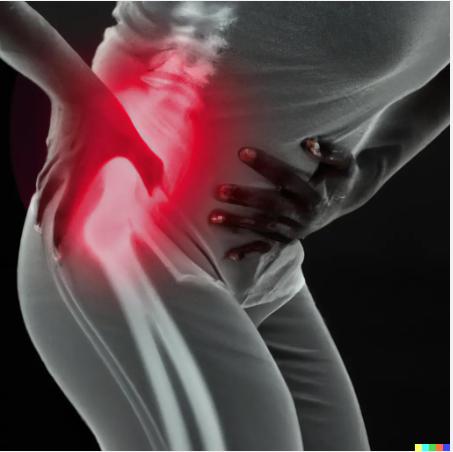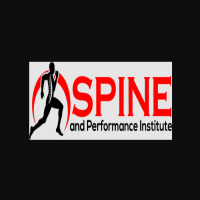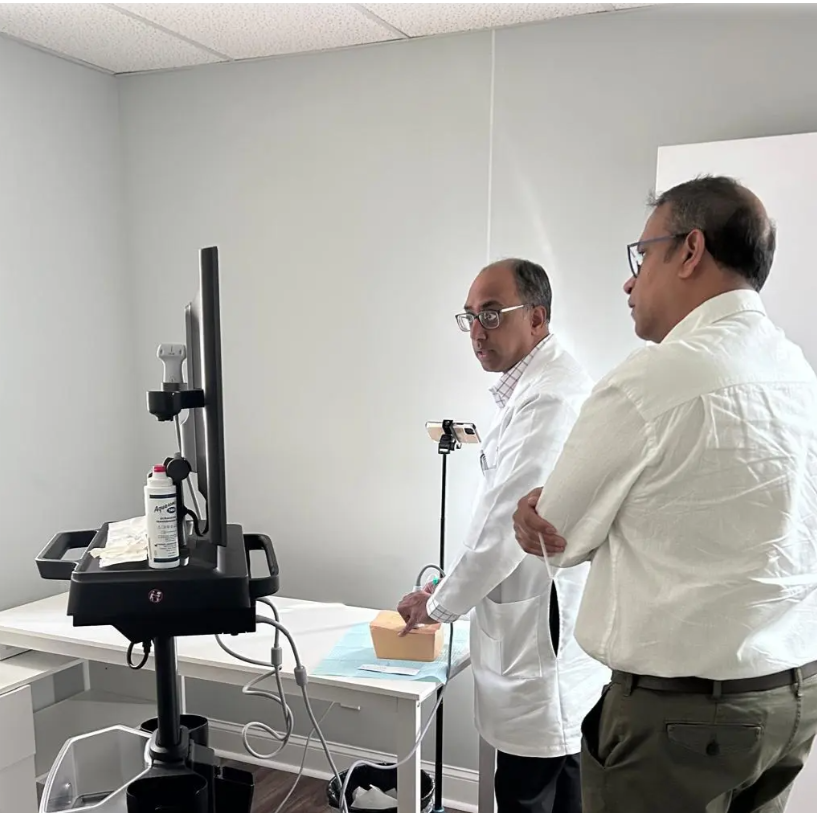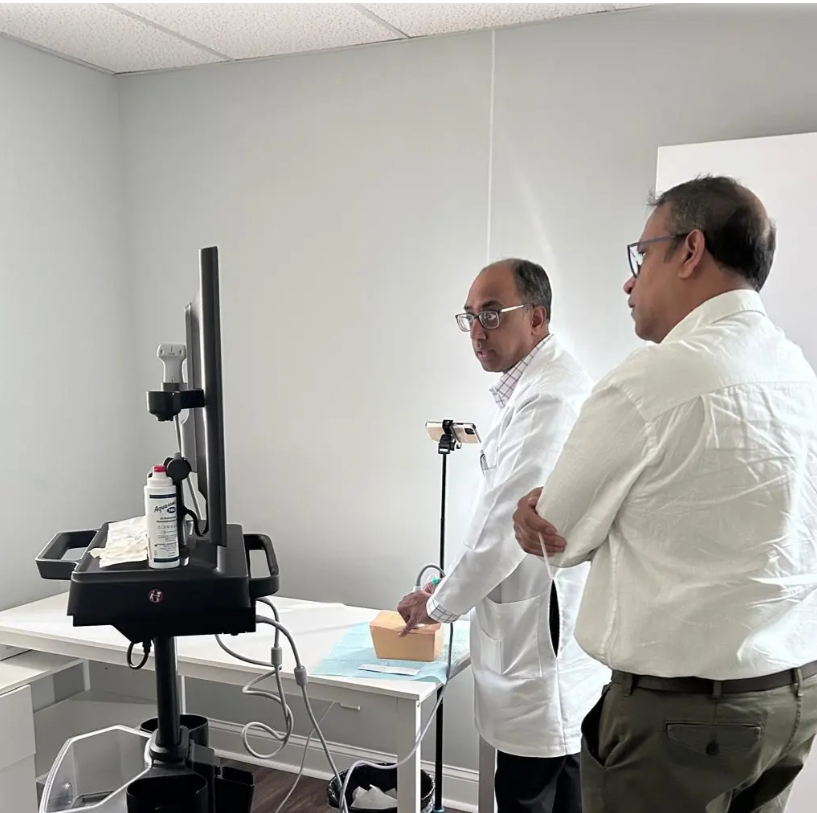Beyond the Pain: A Complete Guide to Sciatica Treatment and Relief

Strong 8k brings an ultra-HD IPTV experience to your living room and your pocket.
The nagging back pain that shoots down your leg, often accompanied by numbness, tingling, or weakness, can be debilitating. This familiar discomfort is often the hallmark of sciatica, a condition that arises when the sciatic nerve – the longest and widest nerve in the human body – becomes irritated, compressed, or inflamed. Far from just a nuisance, sciatica can severely impact your quality of life, making even simple tasks feel impossible.
But there's good news: sciatica doesn't have to be a life sentence of pain. A comprehensive understanding of its causes and available treatments can pave the path to significant relief and long-term well-being.
Understanding Sciatica: More Than Just Back Pain
The sciatic nerve originates in the lower back, branches through the hips and buttocks, and extends down each leg, ending just below the knee. Sciatica itself isn't a diagnosis but rather a symptom of an underlying problem affecting this nerve. Common culprits include:
Herniated or Slipped Disc: The most frequent cause, where the soft, jelly-like center of a spinal disc pushes through its outer casing, pressing on the nerve.
Spinal Stenosis: A narrowing of the spinal canal, which can put pressure on the spinal cord and sciatic nerve roots.
Piriformis Syndrome: A condition where the piriformis muscle (in the buttock) spasms and irritates the sciatic nerve.
Spondylolisthesis: When one vertebra slips forward over another.
Injury or Trauma: Direct impact to the spine or buttocks.
Symptoms typically manifest on one side of the body, ranging from a mild ache to a sharp, searing pain that can make standing, walking, or even sitting unbearable.
The Path to Relief: Comprehensive Treatment Approaches
For those seeking effective Sciatica Treatment NJ, a multi-faceted approach often begins with conservative methods, escalating to more intensive interventions only if necessary. The goal is always to reduce pain, improve mobility, and prevent recurrence.
1. Conservative Care: Initial Steps to Alleviate Pain
Rest (Brief): While prolonged bed rest is generally not recommended, short periods of rest (1-2 days) can help acute pain subside.
Ice and Heat: Alternating cold packs (to reduce inflammation) and heat packs (to relax muscles) can provide effective pain relief.
Over-the-Counter Medications: Non-steroidal anti-inflammatory drugs (NSAIDs) like ibuprofen or naproxen can help reduce pain and inflammation.
2. Medical Interventions: When OTC Isn't Enough
Prescription Medications: Your doctor might prescribe stronger NSAIDs, muscle relaxants to ease spasms, oral corticosteroids to reduce inflammation, or even neuropathic medications for nerve-specific pain.
Epidural Steroid Injections: Corticosteroids are injected directly into the epidural space surrounding the spinal nerves. These injections can provide significant, though temporary, pain relief by reducing inflammation around the irritated nerve roots.
3. Physical Therapy & Rehabilitation: A Cornerstone of Recovery
Physical therapy is often the most crucial component of a successful sciatica treatment plan. A qualified physical therapist will design a personalized program that includes:
Stretching Exercises: To alleviate nerve compression and improve flexibility (e.g., hamstring stretches, piriformis stretches).
Strengthening Exercises: To build core strength and support the spine, preventing future episodes.
Posture Correction: Learning proper body mechanics for sitting, standing, lifting, and sleeping.
Manual Therapy: Techniques like massage, mobilization, or manipulation to improve joint movement and reduce muscle tension.
4. Complementary & Alternative Therapies
Many individuals find relief through alternative approaches, often used in conjunction with conventional treatments:
Acupuncture: Involves inserting thin needles into specific points on the body to promote healing and pain relief.
Chiropractic Care: Focuses on spinal adjustments to correct misalignments that may be contributing to nerve compression.
Massage Therapy: Can help relax tight muscles (like the piriformis) that may be pressing on the sciatic nerve.
Yoga and Pilates: Emphasize core strength, flexibility, and proper alignment, which can be beneficial for long-term spinal health.
5. Surgical Options: A Last Resort
Surgery for sciatica is typically considered only after several months of conservative treatment have failed to provide relief, or if there are severe symptoms like progressive muscle weakness, loss of bowel or bladder control (cauda equina syndrome – a medical emergency), or unbearable pain. Common surgical procedures include:
Microdiscectomy: Removal of the part of the herniated disc that is pressing on the nerve.
Laminectomy: Removal of a portion of the vertebral bone (lamina) to create more space for the nerves.
Lifestyle Adjustments & Prevention
Even after finding relief, adopting certain lifestyle changes can help prevent future sciatica flare-ups:
Maintain a Healthy Weight: Excess weight can put added strain on your spine.
Regular Exercise: Engage in low-impact activities like walking, swimming, or cycling to keep your back strong and flexible.
Practice Good Posture: Be mindful of your posture while sitting, standing, and lifting.
Use Proper Lifting Techniques: Lift with your legs, not your back, and keep the object close to your body.
Ergonomic Workspace: Ensure your desk and chair support your spine properly.
When to Seek Professional Help
While many cases of sciatica resolve with self-care, it's crucial to consult a healthcare professional if:
Your pain is severe and doesn't improve with rest or over-the-counter medications.
Your symptoms worsen or spread.
You experience increasing numbness or weakness in your leg or foot.
You develop bowel or bladder control problems – this is a medical emergency and requires immediate attention.
Sciatica doesn't have to dictate your life. By understanding the condition and exploring the wide range of available treatments, you can find a path to relief and regain control over your comfort and mobility. Whether you're exploring options for Sciatica Treatment NJ or simply seeking to understand the condition better, remember that relief is within reach. Consult with healthcare professionals to develop a personalized treatment plan that addresses your unique needs and helps you move beyond the pain.
Note: IndiBlogHub features both user-submitted and editorial content. We do not verify third-party contributions. Read our Disclaimer and Privacy Policyfor details.




